By Steven L. Sheffield — Richard Sachs is one of the preeminent bicycle framebuilders in the United States, and yet building bicycles was never really an aspiration of his. After being wait-listed for admission to Goddard College, Sachs saw an advertisement in the Village Voice for a position working in a bike shop in Vermont and hopped on a bus north from his home in New Jersey. On arrival, Sachs was told that the position had already been filled. Disappointed, Sachs returned home, and wrote letters to a number of British bicycle framebuilders to see if they would take him on. He received one reply, from Witcomb Cycles inviting him to come to London. The rest is history.
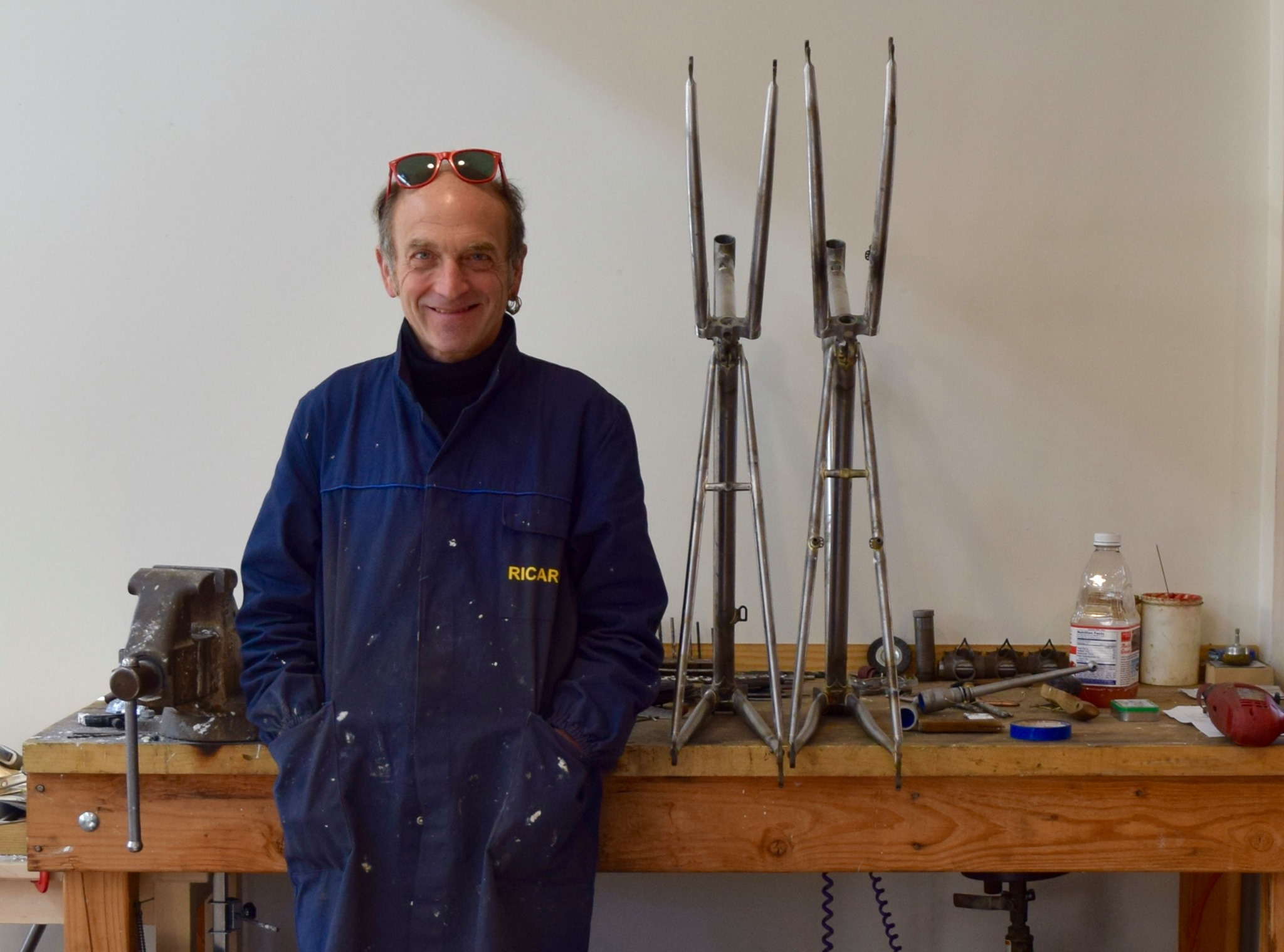
SLS: You’ve told the story of how you became a framebuilder many times and to many publications in the past, so I’d like to focus on other aspects of your life and your inspirations to do the work you do. Let’s start at the beginning. Tell us about your life in Bayonne, and how you discovered bicycles.
RS: I had some bicycles as a child. A Huffy Convertible. A Schwinn Jaguar Mark IV. But that’s it. I never discovered bicycles in any sense until my mom bought me an Atalanta Gran Prix. Truth is, I didn’t want it (until I did.) I put up a small stink after passing my test for a driver’s license. The car I asked for — I didn’t get it.
Even then I knew it was an unrealistic and unreasonable ask. Bobbe (my mother) agreed to buying the bicycle instead. It’s important to note that the only reason a bicycle was in the conversation is that a pal of mine rode a bicycle all the time. Jim Farmer was a high school friend and a supremely cool cat. I thought if I had a bicycle some of that cool could rub off on me. Jim’s bicycle was a one-speed basic unit with a foot brake on the back wheel and a wire mesh basket on the handlebars. Me? I ended up with one of these newfangled 10 speeds. It was all serendipity.
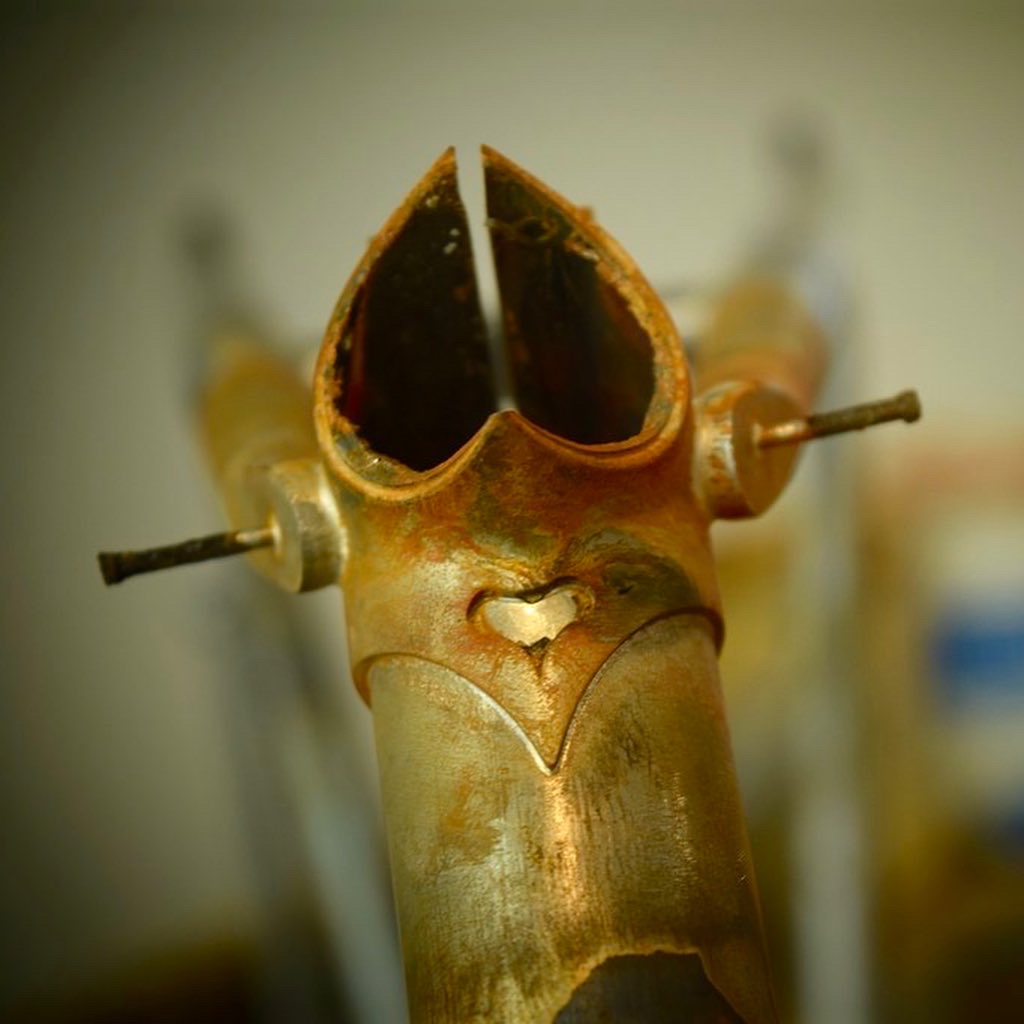
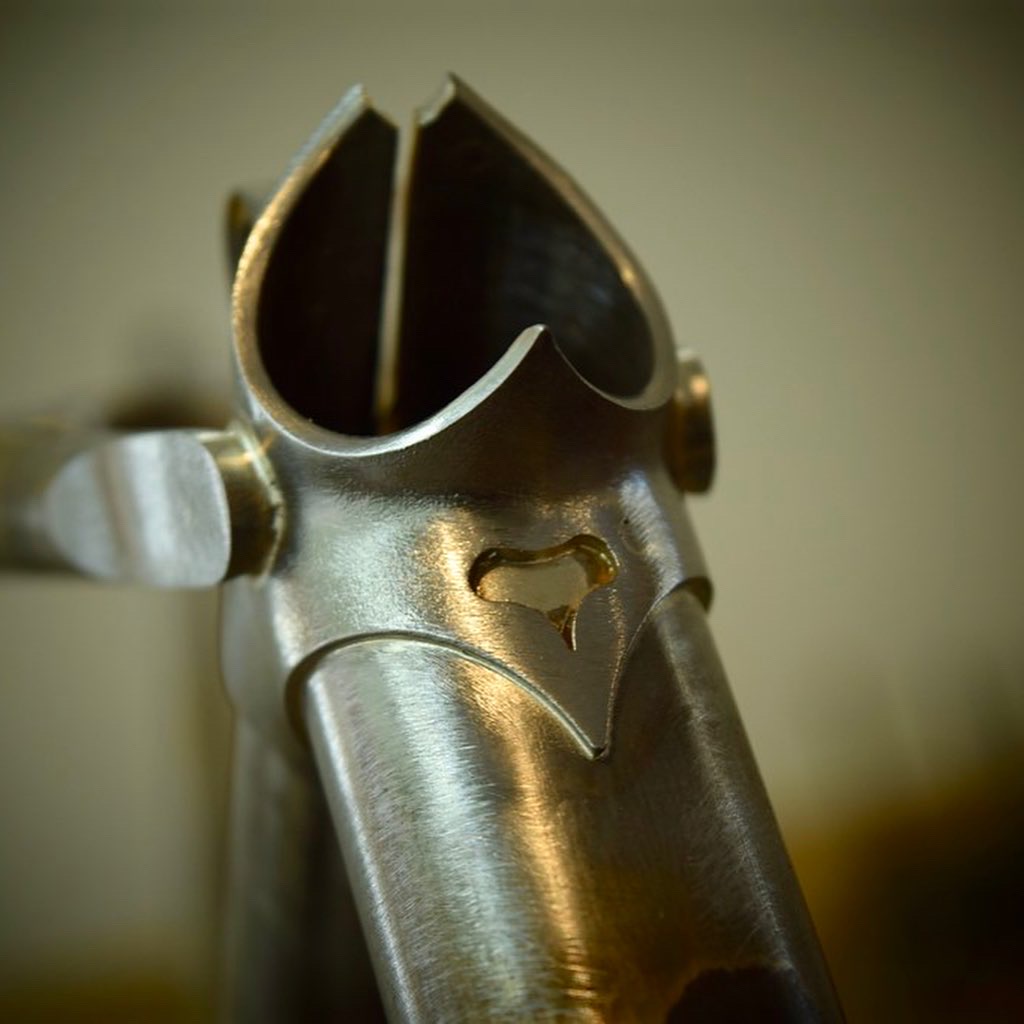
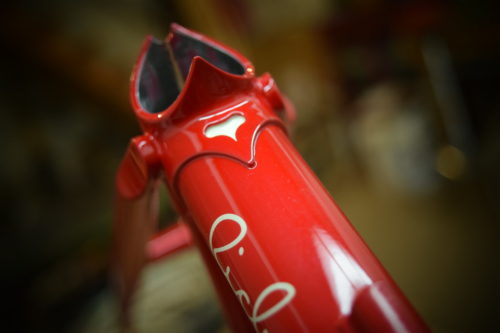
SLS: When did you discover bike racing? Was it while you were still a youngster in New Jersey, or did it come after you were established as a framebuilder, and started sponsoring the Connecticut Yankee Bicycle Club?
RS: I discovered the sport in the pages of magazines I took in the late ‘60s and early ‘70s. Several from Europe. One from Australia. One from Great Britain. Images on the pages were compelling and the narratives drew me in. I got my fist A.B.L.A. license in 1972.
SLS: You often talk about The Peddie School, which you attended from 1967 to 1971. How did you wind up going to boarding school rather than your local public high school in Bayonne, and what influence has it had on your life since graduating?
RS: After 8 years in a Yeshiva, I pleaded for a more normal school experience. Bobbe let me go to Bayonne High School where I spent two years failing in and out of the classroom. I got in trouble with faculty. With family. And even with the law. The only way out was for me to be sent away.
At The Peddie School I repeated my sophomore year. Students live on campus full time. I’d say the real takeaway was learning to be self-reliant and independent at an age when most kids are still at home and having more conventional experiences with family, friends, and in their own neighborhood.
SLS: From where do you draw your inspiration to keep doing what you do?
RS: From even before Day One, all of my inspirations have come from outside my trade. Luthiers. Watchmakers. Tailors. Ceramicists. It’s a long list. The thread running through them is practice, respect for a craft’s history, and mastery.
SLS: What do you think you would be doing today if bicycle framebuilding hadn’t chosen you as one of its practitioners?
RS: I don’t dwell on it. The place I landed by accident is the only real estate I ever occupied. So, I don’t look around and ask what-if.
SLS: I believe you have said in the past that your favorite subject in school was writing, and that was what you planned to study at university before being sidetracked by bicycles. Do you still write, and have you ever consider publishing a memoir where you can really go deep into your inspirations?
RS: I still write. In the aughts I added a page to my site called Arrange Disorder. I’m sure there are well over 700,000 words there by now, and these are twisted inside individual texts (essays) of several hundred words each.
SLS: You typically have not been shy with regards to your opinion on the bicycle industry as a whole. Do you consider what you do to be a niche within the industry, or completely outside of the “industry”?
RS: By the time 1990 rolled around and I was nearly 18 years at the bench, it was clear that what I do and what the industry does — these are completely different with no, or maybe to be fair — very little, overlap.
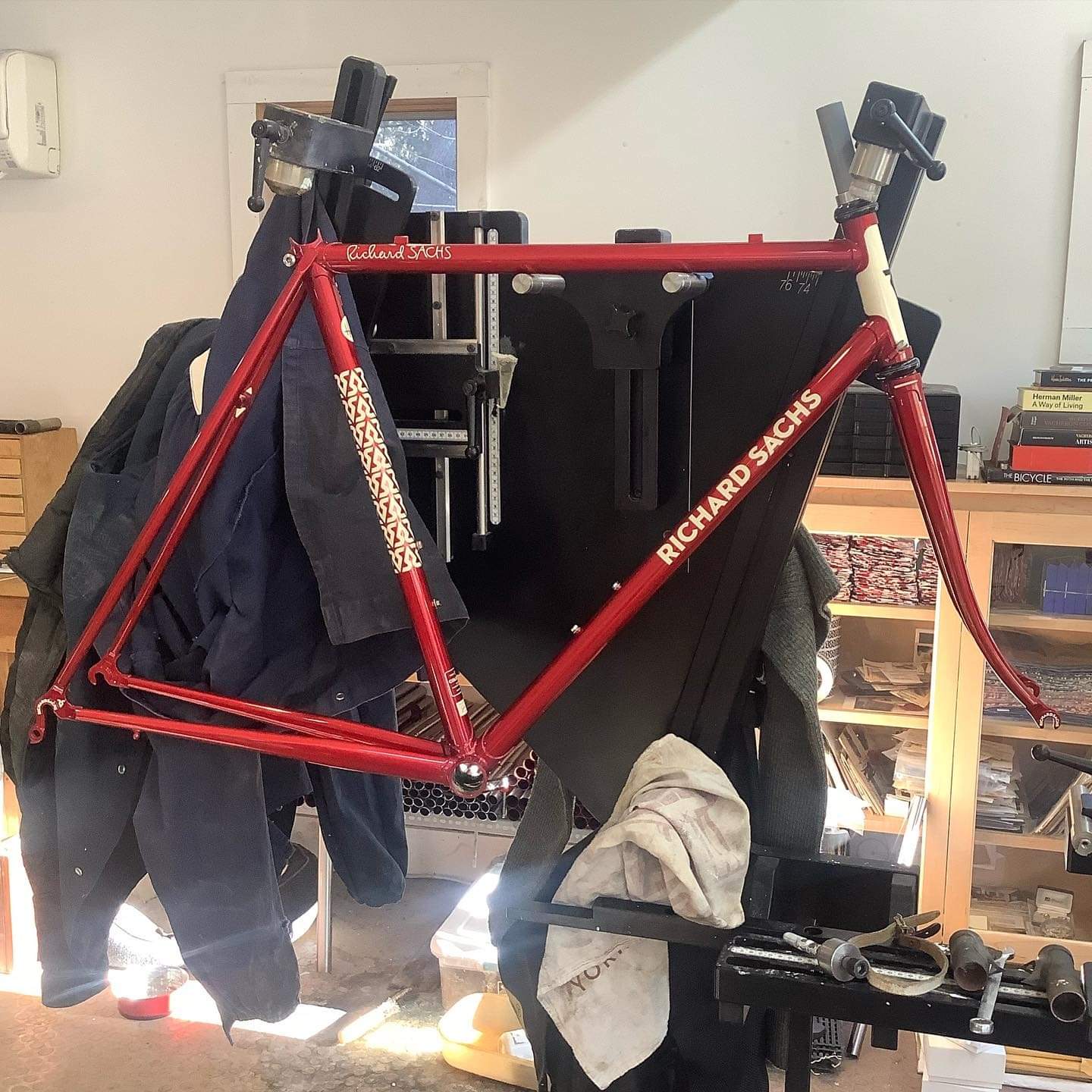
SLS: As the industry moves further away from the craft, are you hopeful for the future? Are there enough up-and-coming framebuilders who “get it”; who will help keep the craft alive 10, 20, or 50 years in the future? If so, who do you think will be the builders to take the craft forward?
RS: Re the first question, no. Same for the second.
For the third, only a few names come to mind. Simone D’Urbino. Nao Tomii. Chris Bishop. Brian Chapman. These cats make superb looking frames, though I only know what they look like and not how they’re fabricated. But lasting another generation in this post-Y2K era with so many excellent bicycles coming from the industrial sector (the single biggest change between then and now) it’s tough to imagine the independent maker community not shrinking.
SLS: So, you think the craft will eventually be lost to the world completely? I don’t know how true this is, but word on the street is that many people in the millennial and Gen Z/post-millennial generations don’t know how to tell time on a traditional clock face; but watchmaking still seems to be a surviving craft in Switzerland, Germany, and Japan. Could bicycle framebuilding follow in the footsteps of master horologists, like Philippe DuFour?
RS: The trade as I know it – the one I entered – has changed. That happened in the ‘80s and ‘90s. Framebuilding was (then) the top of the industry food chain. Men toiled independently or in small groups to make the highest quality vehicles possible, and these were always superior to what industry served up. Back then it was unthinkable that a factory-made bicycle could be worthy of being selected to race with. The best was always handmade. And I am talking here about design and fabrication, not the craft-y ornamental crap that so many focus on these days. Making a beautiful bicycle that doesn’t or won’t perform well, or across several platforms, makes little sense. But people dive in, pass right over the rudimentary lessons, ignore history, and try to wow others with decorations. That’s Y2K framebuilding in a soundbite.
SLS: Several years ago, you and Dario Pegoretti embarked on a project with Columbus to make tubing specifically designed for use with lugs, but with modern steel alloys. Prior to that, you designed several different lug sets for use on your frames, and for sale to other framebuilders. How did these projects come to be?
RS: I had a JRA in Matera (Italy) in 2003. When I got to my hotel, I called Dario. Together we lamented the state of things. None of our material suppliers were staying in the moment or innovating. We decided to do it ourselves. Separately, the lug sets and other investment cast parts I design and sell to fellow tradesmen was a thing I already started by that time.
SLS: Of these lug and tubing sets, is there a particular combination you find yourself gravitating towards most often, and if so, why?
RS: I only use the Richie-Issimo parts on my own frames but sell all the others to framebuilders on all continents. I only use PegoRichie tubing, and it comes to me in five configurations. I select tubes based on the order I’m filling.
SLS: When you and I first “met” a bit over 20 years ago, you were a bit hesitant about taking your brand online. These days, maintaining and promoting the Richard Sachs brand seems to be more front-and-center. Do you ever worry that the brand will overtake the work itself, or is it a necessary evil which allows you to continue practicing the craft?
RS: There is no brand. It’s just me alone making 5-6 bicycles a month, roughly half the numbers I was doing in my first 20+ years. And of course, the water bottles, the socks, tote bags, and whatever other cool things I add to the menu.
SLS: If I recall correctly, Bob Dylan is on near constant rotation in your workshop. Is there a particular album that gets more play than others, and what would you consider to be his masterwork, the pinnacle of his career as a musician?
RS: I like Dylan. And I identify with the path he’s walked. Desolation Row. The Ballad of Frankie Lee and Judas Priest. Queen Jane Approximately. Of course, the recent stuff too. I’ll toss a special shoutout to The Funkel Brothers (Simon and Art) whose Kathy’s Song is among my all-time favorites.
SLS: From aperitif through digestif, what would constitute the perfect meal, ATYO? Please feel free to name brands, location, and dining companion(s).
RS: An evening on the LES with Anthony Mangieri at his Una Pizza Napoletana dot period. If Anthony wasn’t up for it, I’d drag him to Asbury Park for a long dinner at Jimmy’s Italian Restaurant.
SLS: Whiskey, whisky, or wine? And what kind?
RS: I go back and forth between Hudson Whiskey Baby Bourbon and Laphroaig Scotch (the 10-year-old bottles.)
SLS: Logan Flat-strap or Larson Beefroll Weejuns? Chinos cuffed or hemmed?
RS: Bass Laytons in black only. Chinos are unhemmed and rolled up. It’s one of my sartorial affectations.
SLS: You’ve been a framebuilder for nearly 50 years now. What keeps you going at this point in your career? Do you ever anticipate hanging up the torch for good, or do you plan to keep pursuing perfection through imperfection until it’s time to leave this mortal coil, like other builders, such as England’s Ron Cooper?
RS: I’ve never thought about it.








